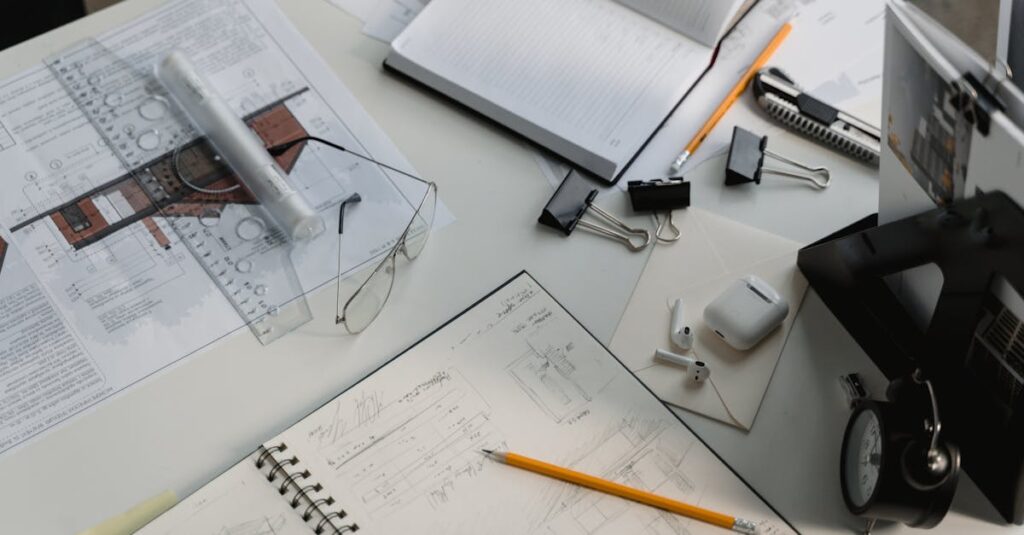“`html
Must-Have Graphic Design Tools for Professionals
Understanding the Importance of Graphic Design Tools
In today’s digital era, graphic design tools hold a pivotal role in shaping visual communication. They are not merely instruments; they are gateways to boundless creativity and efficiency. With the right design tools, an artist transcends the ordinary, crafting masterpieces that captivate and inspire.
Meanwhile, selecting optimal design apparatuses demands discernment. Thus, it is imperative to consider professional tips for identifying the perfect toolkit that aligns with one’s unique style and project requirements.
Essential Software for Graphic Designers
Adobe Creative Cloud: The Industry Standard
Foremost among software, Adobe Creative Cloud is unparalleled in its versatility. Adobe Photoshop reigns supreme for image editing and manipulation, enabling designers to finesse visuals flawlessly. Yet, for vector graphics and illustrations, Adobe Illustrator stands as a paragon, providing unparalleled precision.
Moreover, InDesign remains a requisite for layout design and typography, facilitating the creation of compelling narratives through thoughtful design.
Affinity Suite: Cost-Effective Alternatives
The Affinity Suite offers viable, cost-effective alternatives that do not compromise on quality. Affinity Designer emerges as a formidable tool for vector design, while Affinity Photo caters to sophisticated photo editing needs. Additionally, Affinity Publisher serves diverse publishing project requirements.
Sketch and Figma: Collaborative Design Tools
In a world where collaboration reigns supreme, Sketch and Figma pave the way for collective creativity. Sketch lays down robust capabilities that streamline individual workflows, whereas Figma’s web-based collaboration features revolutionize team design dynamics.
It is essential to incorporate professional tips to harness these platforms effectively, maximizing collective talent and innovation.
Graphic Design Hardware: Set Up for Success
Choosing the Right Computer for Graphic Design
A designer’s computer is more than a tool—it is the very forge of creativity. Specifications such as processor speed, RAM, and graphics capabilities are critical for optimum performance. The perpetual debate of desktops versus laptops boils down to a trade-off between power and portability.
Monitors and Displays: Ensuring Accurate Color Representation
Accuracy in color representation cannot be overstated. Thus, monitors specifically designed for graphic design, with advanced color calibration features, are indispensable.
Input Devices: Elevating Design Precision
Graphic tablets offer dexterity and precision that mice often cannot, representing a boon to intricate design work. Still, choosing the right mouse—aiming for ergonomic comfort and accuracy—can significantly enhance productivity.
Specialized Design Tools for Niche Projects
Typography Tools: Creating Custom Fonts
Typography is an art unto itself, demanding tools that can transform imagination into bespoke typography. Understanding popular font creation software enables designers to infuse distinctive character into brand identity.
Mockup Generators: Presenting Your Designs
Design presentation through mockup generators adds allure to client interactions. By exploiting various templates and tools, you can craft presentations that communicate design intent with unparalleled impact.
Animation and Motion Graphic Tools
Visual storytelling often benefits from the dynamism of animation. Tools such as After Effects unlock the world of motion graphics, alongside alternatives that can add life to static designs.
Staying Updated: Trends and New Tools in Graphic Design
The graphic design realm is ever-evolving, compelling professionals to stay abreast of trends and new tools. Continuous learning, facilitated by platforms dedicated to design discovery, fuels innovation and progress.
Conclusion: Building Your Ultimate Graphic Design Toolkit
In summation, every professional designer must arm themselves with an arsenal of essential tools. However, it is through experimentation and willingness to embrace new techniques that true creativity is unleashed. As graphic design tools continue to evolve, so too should the innovative spirit of the designer.
“`

